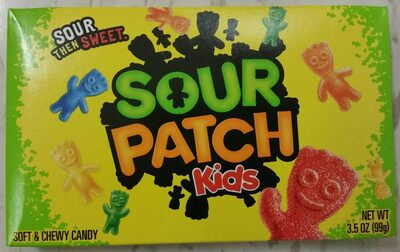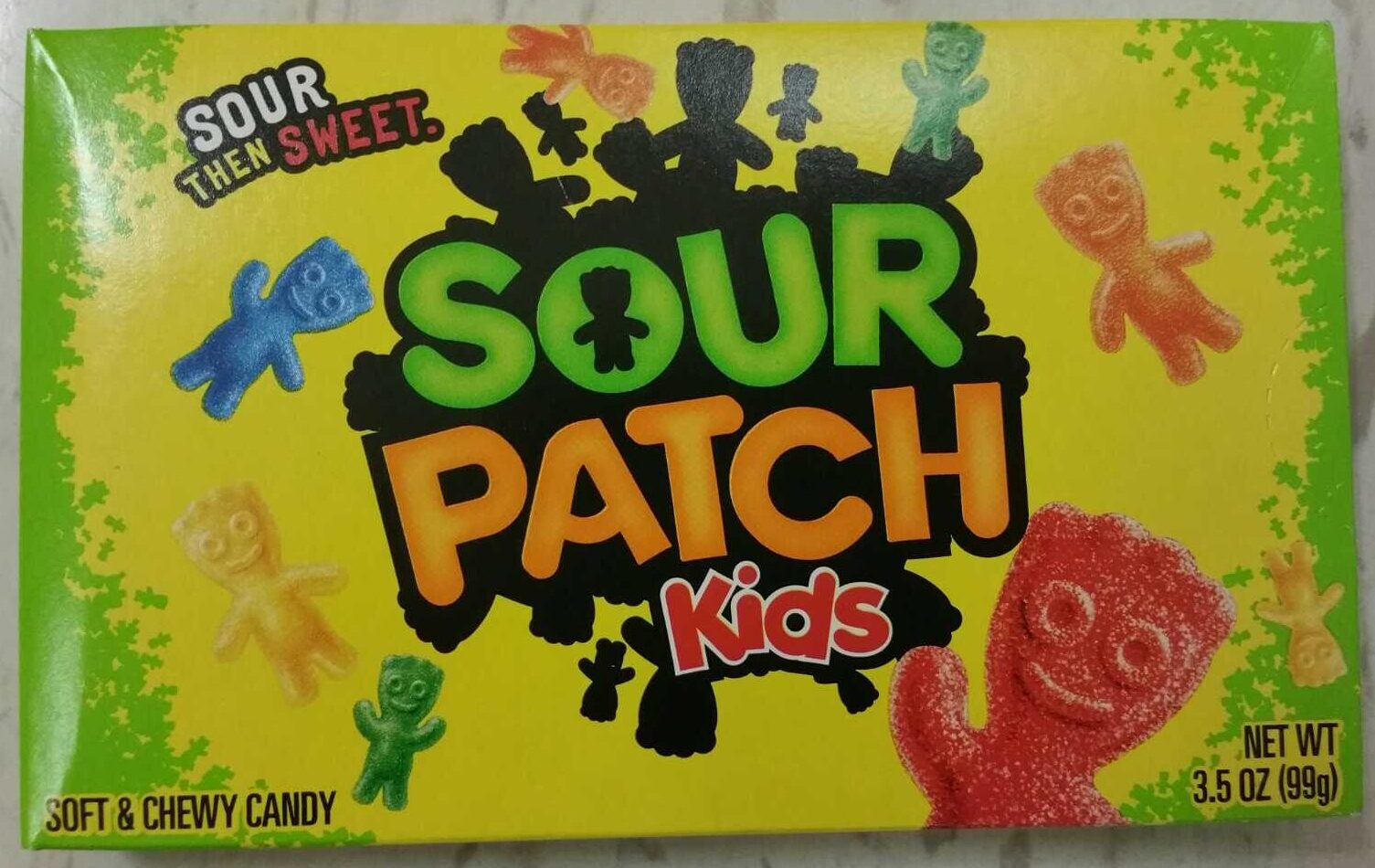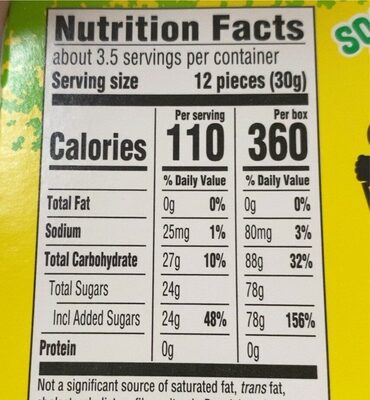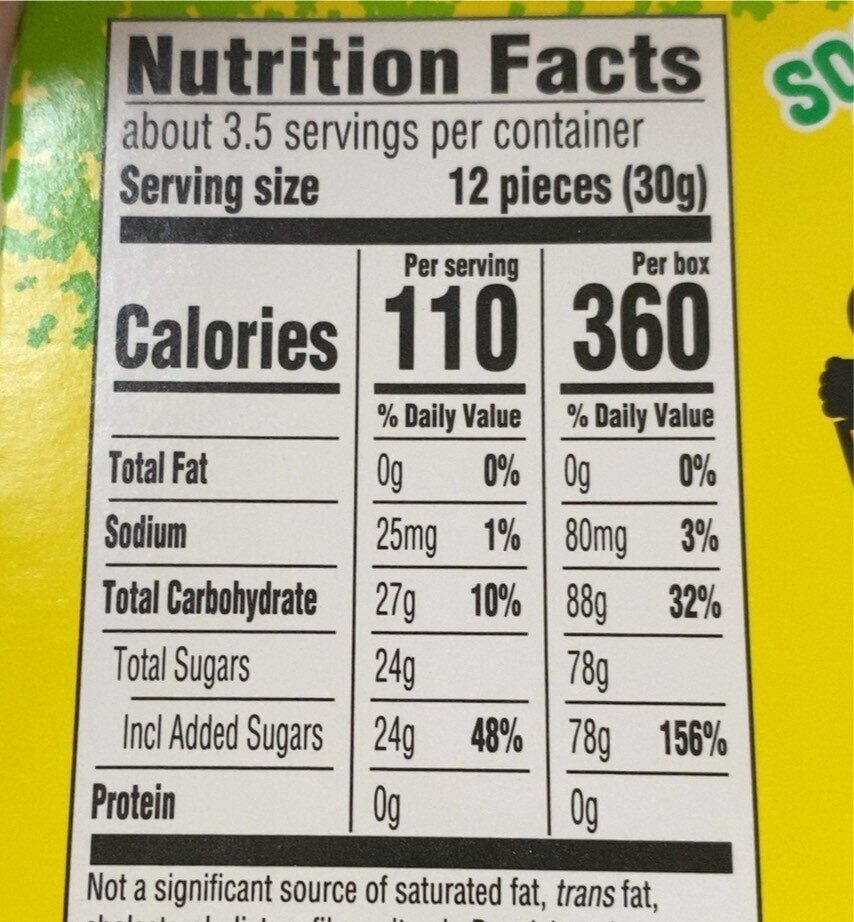Sour Patch kids - Mondelez - 2
This product page is not complete. You can help to complete it by editing it and adding more data from the photos we have, or by taking more photos using the app for Android or iPhone/iPad. Thank you!
×
Barcode: 0070462098358 (EAN / EAN-13) 070462098358 (UPC / UPC-A)
Common name: Soft & Chewy Candy
Quantity: 2
Packaging: Box, Cardboard, Card-box, Stück
Brands: Mondelez
Brand owner: Mondelez Int. US (0074819091009)
Categories: Snacks, Sweet snacks, Confectioneries, Candies
Labels, certifications, awards: Low or no fat, No fat
Manufacturing or processing places: Canada
Countries where sold: Austria, United States
Matching with your preferences
Environment
Carbon footprint
Packaging
Transportation
Report a problem
Data sources
Product added on by stephane
Last edit of product page on by foodless.
Product page also edited by aoff, bdwyer, beniben, date-limite-app, inf, kiliweb, openfoodfacts-contributors, org-database-usda, packbot, swipe-studio, yuka.sY2b0xO6T85zoF3NwEKvlkFOXPn4jzTYHBzgpEmI--eDCLnFP9FLuYb-Pqs, yuka.sY2b0xO6T85zoF3NwEKvlkNHSuLRsyLeBQH5wR2r296rNKT5RPF85rXTEas, yuka.sY2b0xO6T85zoF3NwEKvlmJedvv8kBz1KQLnpEmN7Y3SMLLQUYsvwJrEH6s, yuka.sY2b0xO6T85zoF3NwEKvlnxfc9vDjQ3NHUXUolSywouDM5Lsa9xZ0pGnYqo.










